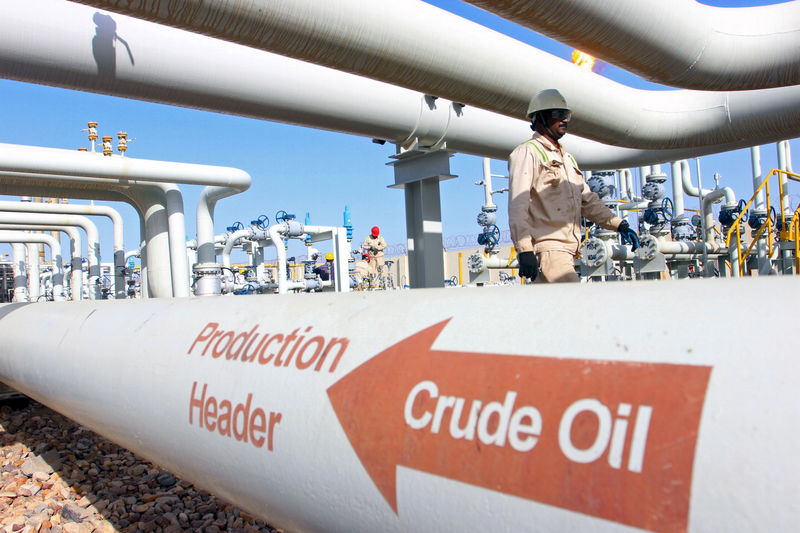By Julie Gordon
Dec 2 (Reuters) - Alberta Premier Rachel Notley said on Sunday that the Western Canadian province would mandate temporary oil output cuts to deal with a pipeline bottleneck that has led to a glut of crude in storage and driven down Canadian crude prices.
The production caps are the latest effort by the province's left-leaning New Democratic Party government to deal with historically low crude prices that are hurting producers and dragging on government revenues. IS THE DIFFERENTIAL?
Western Canada Select (WCS) heavy blend crude typically trades at a discount to the West Texas Intermediate (WTI) benchmark, with the lower price reflecting the cost of transport and the quality of the product. The discount has typically been around $15, but has widened in the past few months to trade at $40 to $50 below WTI, hitting a record at $52.50 below WTI in October, according to data from Shorcan.
WHY IS IT HAPPENING?
Crude production in Alberta's oil sands is expanding faster than pipeline capacity, creating a bottleneck and leading to a buildup of product in storage. More crude is now moving across the border by rail and by truck, but it is not enough to clear the glut. The stranded barrels are putting pressure on prices. Adding to the woes, refinery maintenance has taken some buyers temporarily offline.
The steep discount has stripped billions of dollars from the Canadian economy by some estimates.
WHAT'S HAPPENING WITH PIPELINES?
New pipeline capacity is Alberta's preferred solution, but projects face fierce opposition from environmentalists and some Aboriginal groups. Construction is under way on Enbridge Inc's ENB.TO Line 3 pipeline replacement, from Alberta to the United States, with the project expected to be in service by the end of 2019.
TransCanada Corp 's TRP.TO Keystone XL pipeline, from Alberta to the United States, is facing a supplementary environmental assessment after a federal judge in Montana halted construction last month. The impact on timing remains unclear.
The near tripling of capacity on the Trans Mountain pipeline, from Alberta to a port in the Vancouver area, is undergoing a new regulatory review. It is unclear when construction on the federal government-owned pipeline will begin.
WHAT ABOUT CRUDE BY RAIL?
Crude by rail has ramped up sharply this year, hitting nearly 270,000 bpd in September. Alberta said last week that it would buy locomotives and rail cars to add an additional 120,000 bpd of crude by rail capacity. It expects the first trains to be running by December 2019, with all online by August 2020. Crude by rail will narrow the differential, but not as much as pipelines.
ARE PRODUCTION CUTS THE ANSWER?
The most effective short-term solution is production cuts, but they are not universally popular with producers. Canadian Natural Resources Ltd CNQ.TO and Cenovus Energy Inc CVE.TO have voluntarily curtailed production in recent weeks. But other majors like Suncor Energy Inc SU.TO and Husky Energy Inc HSE.TO , which have refineries and are therefore sheltered from the worst of the price impact, do not want to cut output.
WHAT ARE THE POLITICS AT PLAY?
Dealing with the low crude prices is essential for Notley, who faces an election no later than the end of May 2019. Her party faces a tough challenge from the United Conservative Party, led by Jason Kenney, a former Cabinet Minister with the federal Conservatives.
